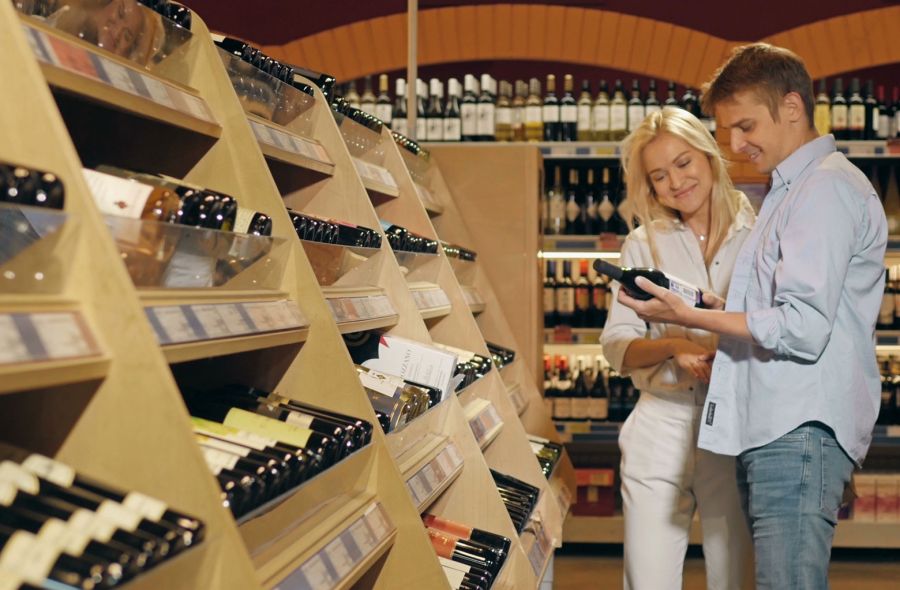May, 2024
San Francisco, USA

Direct to consumer brands are ripping up all the rule books. No longer do the big household brands and major retailers and service providers rule the roost and can dictate what we buy when, where and how. Instead, we can simply cut out the middle man and go directly to whatever brand, or retail service we like.
Look at how you watch TV or films? The latest TV sets don’t just switch on and offer you the main terrestrial channels. No, you choose which channel, which film company, or download company (Amazon Prime or Netflix) you want to spend your time, searching and downloading what they have to offer. You have cut out the overpaid TV schedulers and can curate exactly what you want to watch when.
It’s the same with music with more people choosing to listen to their own playlists and choices on platforms like Spotify than wait for the next song on a pre-determined list on a radio station.
So why should it not be the same when it comes to the grocery products we want? Why follow the rules of the major supermarkets and top 10 household brands, but pick out the products we like and go directly to the brand owners to buy them. It’s why we are seeing such a revolution in the number of so-called DTC brands there now in the market place.
Pioneered to some extent by brands that are half offering you a product, and half a service or club. Like Harry’s razors. Yes, the razors might be cheaper, but to get them you also have to buy into the idea of being part of a subscription club. And people love it. It also cost Unilever a cool $1 billion to buy Harry’s in 2016 such had been its instant success.
Just look at the explosion in meal kit services like Hello Fresh. Why bother even traipsing around a local convenience store on the way home, never mind a major supermarket. Why not get all the food you need to be delivered to you for the week, all nicely divided and set out in individual recipes that allow you to feel like a bit of a chef when you quickly pull it all together yourself.
Such has been the impact of DTC brands and services that most retailers and major traditional brands have been left scratching their heads. The trouble is when a supermarket offers its own alternative meal kit service they are relying on you going into their store to buy it and that defeats the whole purpose. We want you to come to us. We’re in charge. My smartphone is my superstore and I will go shopping where I please.
Direct to consumer brands have made shopping a pleasure, not a chore. Even ordering a taxi on Uber can be fun watching that little black car making its way to where you are. Or the Deliveroo driver keeping you posted as they rush through the traffic.
It’s that blurring between product, brand, and service that makes the DTC sector such a fascinating and fast-changing market to watch. What most have in common is that they are truly memorable for what they do. Be it a razor, a mattress, a food kit service. There is no clutter and complex brand messages to get in the way.
They are also completely on top of new technology and in particular how you can engage with them via your smartphone. Apps that keep you up to date, and leading-edge customer service on social media. That’s what makes the best DTC brands stand out.
The DTC wine market is also booming. Particularly in key US states like California and around major cities such as New York. In fact, you could argue the many wine clubs have been running similar DTC subscription services for decades. But the challenge now for all DTC wine players is how do they make them more relevant, more personalized and more relevant. If Hello Fresh offers a nicely paired wine to go with my evening meal, why don’t I just add those to my order?
The good news is DTC is here to say and changing fast. The bad news is it’s also attracting fast-moving, intelligent, sharp business models that are most definitely not in the market today.